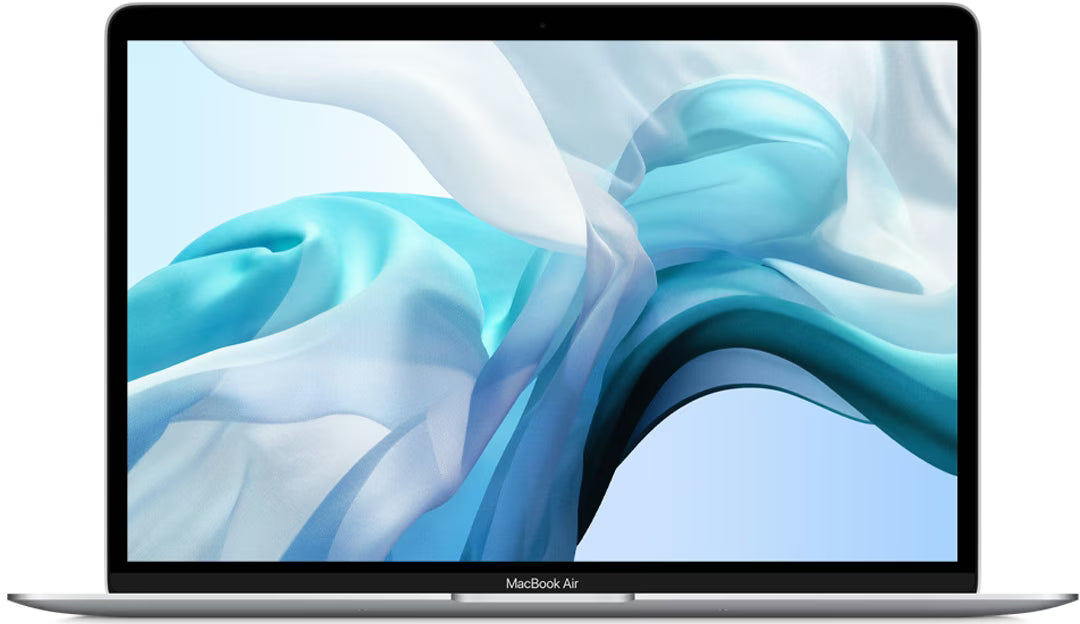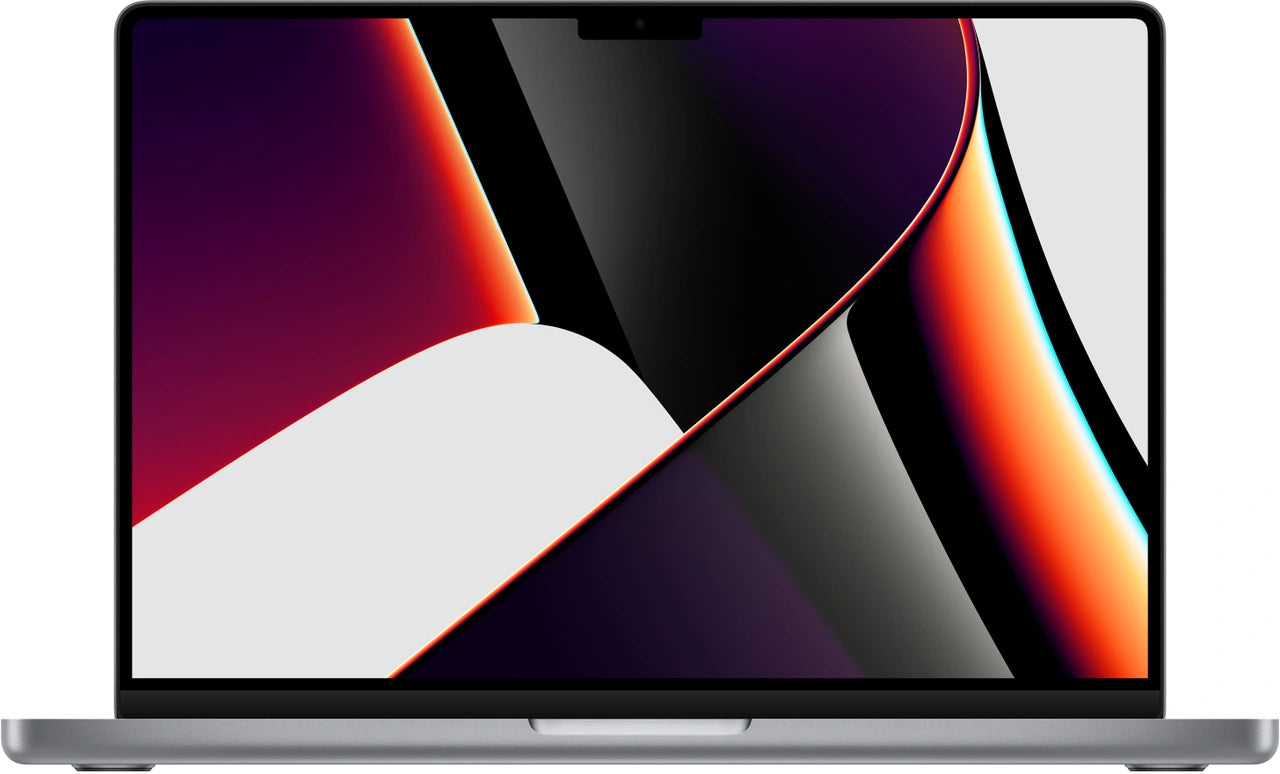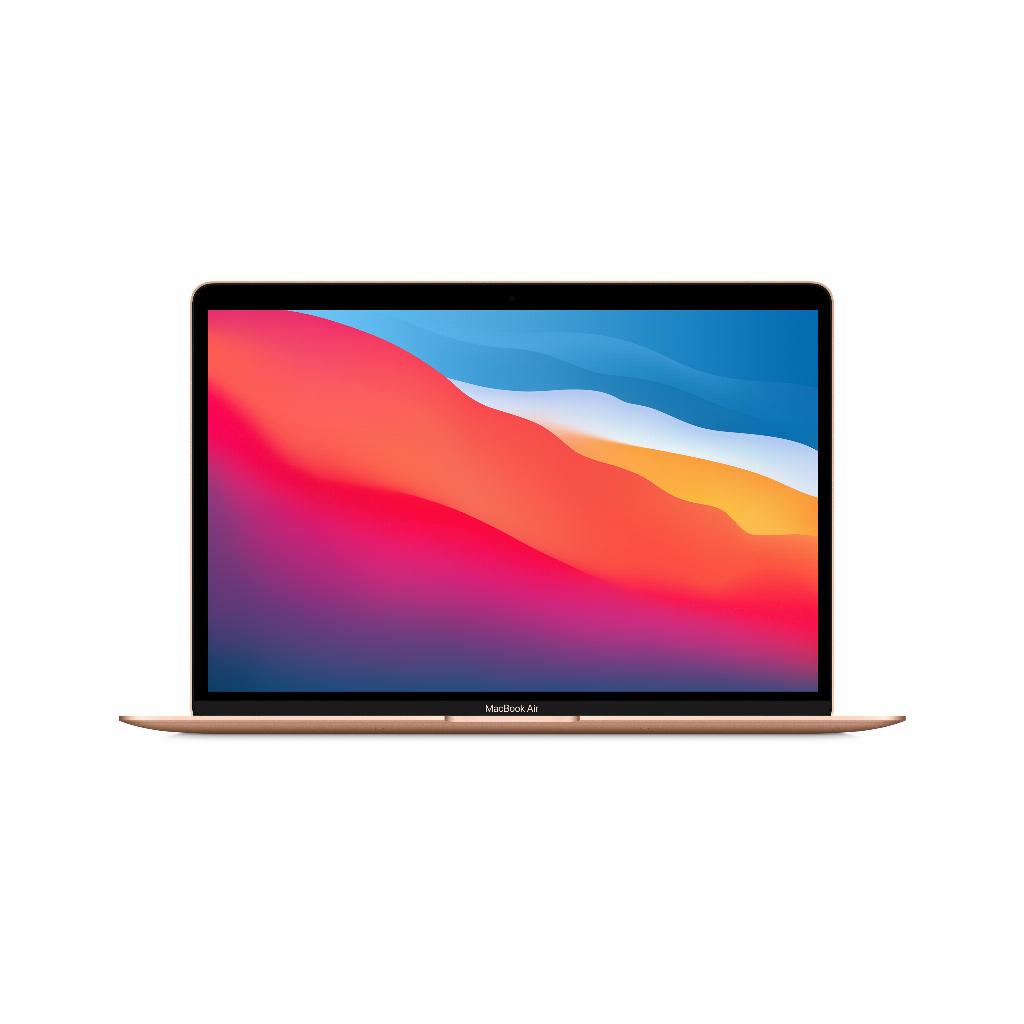Why You Don't Need to Upgrade Your Mac to Catalina
Updating your Mac to Catalina. Sounds simple. Download, install, done. But the reality is more complex. Not every Mac can keep up, some apps will stop working, and then there's that 64-bit requirement that nobody wanted. Yet, Apple users keep upgrading en masse, as if new software automatically means better. Here's what they're not telling you: by not upgrading, you can sometimes get more out of your Mac. While others struggle with compatibility issues, you simply carry on with your familiar setup. Perhaps you'd be better off investing that time in new useful accessories , or finally getting those AirPods you've been debating for months. After all, a smoothly running Mac with the right tools is often more valuable than the latest system with teething problems.
Useful links
- Refurbished MacBook collection - Find a Mac that supports Catalina
- Refurbished iPad - Perfect for Sidecar functionality
- Accessories for your Mac - Upgrade your workspace
The Hard Truth About Catalina Compatibility
macOS Catalina has strict requirements for your hardware. Apple has set the bar high: only Macs from 2012 or later are eligible. Specifically, this means your MacBook must be from at least early 2015, while a MacBook Air or Pro from mid-2012 is still just about adequate. The same timeline applies to desktop users: iMacs and Mac minis from late 2012 are eligible, as are Mac Pros from 2013 or later.
This hard limit has a reason. Catalina is the first macOS to run entirely 64-bit. No more compromises. This means that 32-bit applications will definitely no longer work. Think of old versions of Microsoft Office, certain Adobe software from the pre-Creative Cloud era, and countless smaller tools you might rely on every day.
What you lose when you switch
The most painful losses are often in the details. iTunes is disappearing entirely, split into three separate apps: Music, Podcasts, and TV. For many, this feels like an unnecessary complication. While your iTunes library will migrate automatically, the familiar workflow is gone forever.
The loss of 32-bit support is also hitting harder than expected. Popular apps like Aperture (Apple's own photo software), older versions of Quicken, and even certain printer drivers simply won't work anymore. Use the "Go64" command to check which apps you'll lose beforehand. The list is probably longer than you think.
Catalina also introduces stricter security measures. Apps must explicitly request permission to access documents, downloads, and desktop folders. In practice, this means constantly dismissing pop-ups during the first few weeks after installation.
The new features under the microscope
Sidecar: your iPad as a second screen
Sidecar sounds promising: use your iPad as an extra monitor or drawing tablet. The reality? It only works with relatively new iPads (sixth generation or later) and Macs with certain chips. Moreover, you have to register both devices with the same Apple ID. The connection is via Wi-Fi or cable, with the wired option being noticeably more stable.
The functionality is useful for presentations or if you temporarily need extra screen space. However, for intensive graphics work, a proper external monitor remains superior. The latency via Sidecar, however minimal, is noticeable during precision work.
Screen Time: finally insight
Screen Time, a iOS import, mercilessly shows how much time you spend in each app. You can set limits, but the reality is that most users disable this feature after a week. The stark insight into your actual computer usage is useful, but the constant warnings quickly become annoying.
Improved apps with mixed results
The Photos app has been thoroughly revamped with improved organization and new editing tools. Safari loads pages faster and has an improved home page. Mail introduces convenient sender blocking and newsletter unsubscribe options.
At the same time, some updates feel forced. The new Reminders app has been completely redesigned, but it no longer syncs with older iOS versions. Practically speaking, this means you have to update all your devices at once, otherwise you'll lose your reminders.
The upgrade process: preparation is half the battle
Before upgrading, a full backup is essential. Time Machine is sufficient, but also consider creating a clone with Carbon Copy Cloner or SuperDuper. This way, you can immediately revert to your working system if problems arise.
Make sure you have at least 20 GB of free disk space. The download is approximately 8 GB, but the installation process requires additional space. Allow two to three hours for the entire process, depending on your Mac model and the amount of data you have.
Check the compatibility of crucial software beforehand. Visit the developers' websites for compatibility statements. Many professional software programs, such as audio production suites or development tools, have released specific Catalina versions. Updating older versions can be quite expensive.
Considering practical alternatives
Sticking with Mojave is the wisest choice for many users. You'll retain access to 32-bit apps, iTunes will remain intact, and the system is now rock-solid stable. You'll continue to receive security updates until October 2021, after which you can still consider upgrading.
Another option is to wait for Big Sur or even Monterey. These newer versions have fixed Catalina's teething problems and offer more substantial improvements. Skipping a macOS version is no shame; it often saves you headaches.
For those who still want to upgrade but are hesitant: test Catalina on an external drive first. Install the OS on a fast external SSD and run it there for a week. This way, you'll experience the pros and cons without affecting your main system.
The financial consideration
The hidden costs of upgrading to Catalina can be high. You might need to buy new versions of incompatible software, possibly a new printer because drivers are missing, or even consider buying a newer Mac if your current model isn't compatible.
Compare this to alternatives: a set of AirPods for better video calls, an external monitor for productivity, or simply sticking with your current setup that works perfectly. The urge to upgrade is often stronger than the necessity.
The final verdict
Catalina isn't a bad update, but it's not essential either. For users with modern Macs and little legacy software, the transition can be smooth. The new features are decent, but not revolutionary.
The reality is that most Mac users are better off waiting. Let early adopters discover the problems and find solutions. Use that time to optimize your workflow with the tools you already have. A smoothly running system is more valuable than the latest system with unknown problems.
A stable system always wins
Upgrading to Catalina is tempting, but rarely necessary. The strict hardware requirements, the loss of 32-bit apps, and the forced switch from iTunes to three separate apps make it a step backward for many users. New features like Sidecar and Screen Time are nice, but not game-changers. Invest your time and money in useful accessories or simply stick with Mojave until a truly worthwhile update arrives. A stable system that does what you need always trumps new software with teething problems.














